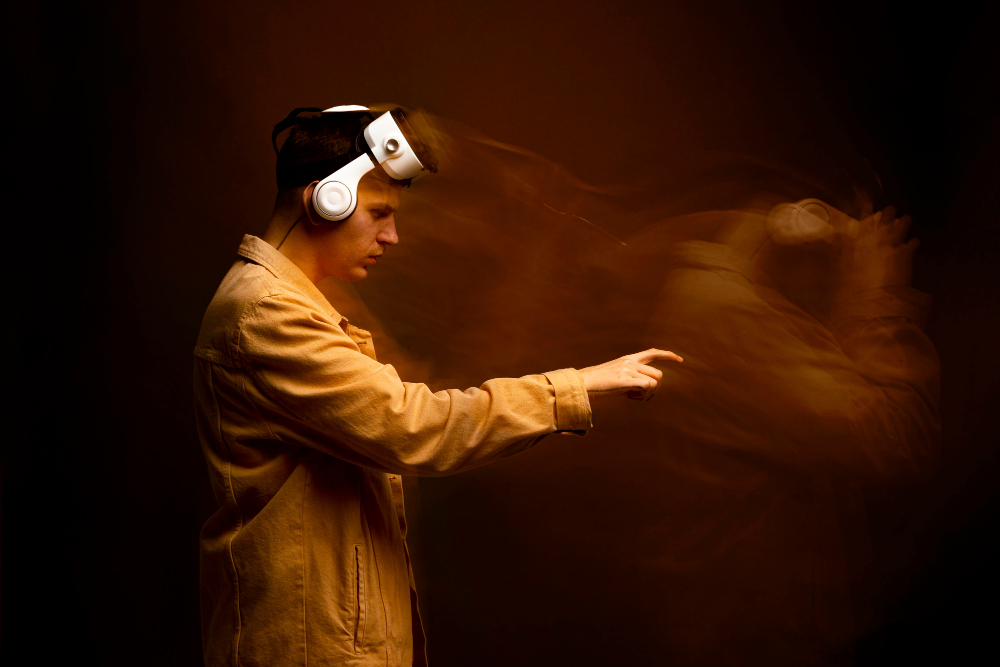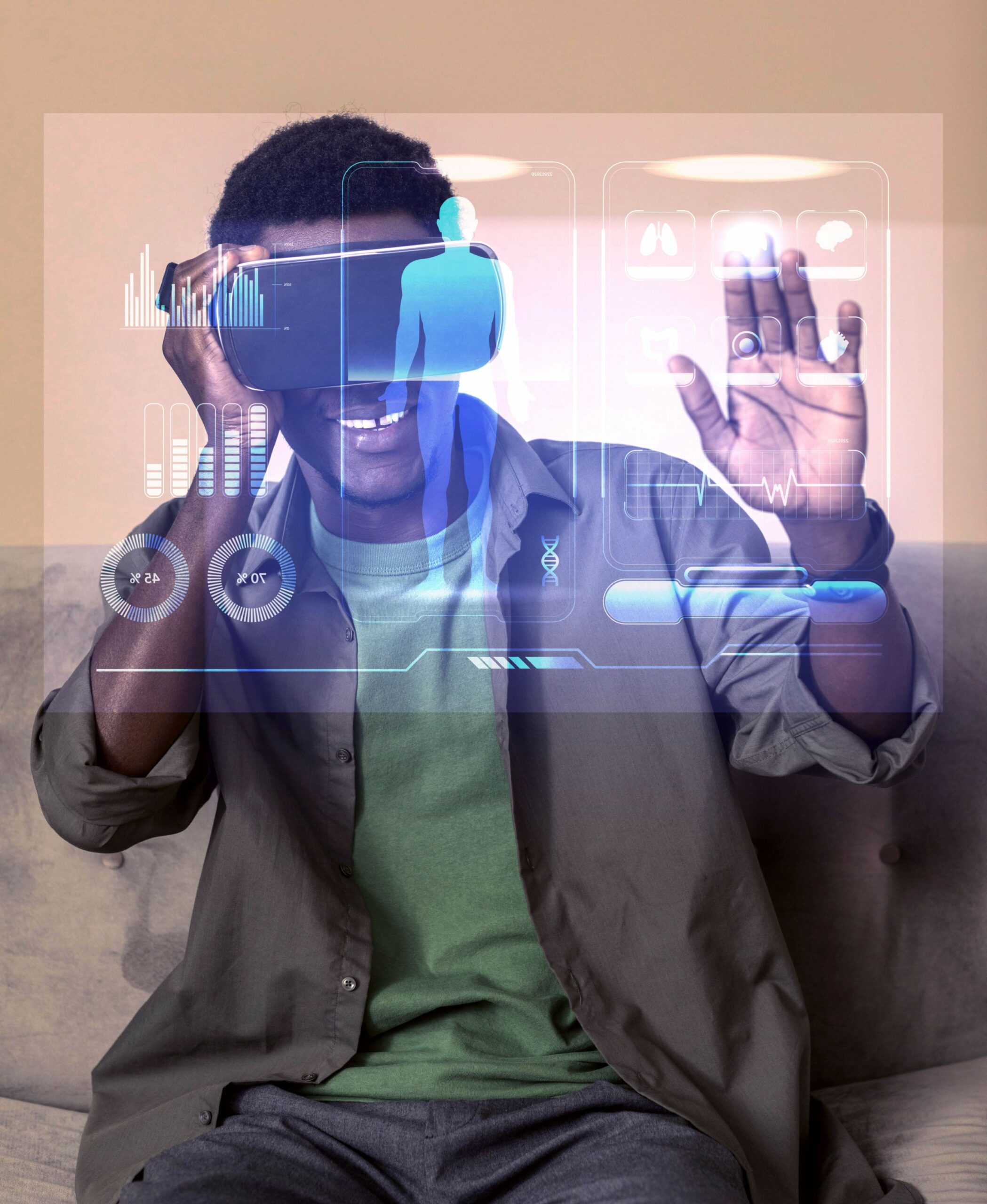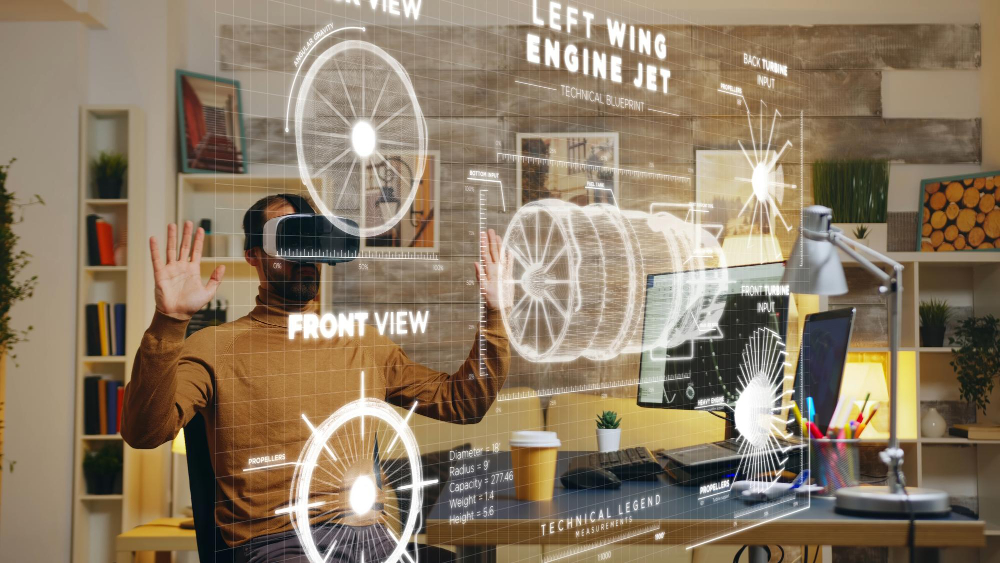In today’s digital age, creating immersive experiences for users is paramount for businesses and designers seeking to capture and retain the attention of their audience. User Immersive Experience Design is a multifaceted approach that revolves around engaging users on a profound level, ensuring they are not just passive consumers but active participants in the digital realm.
UNDERSTANDING USER IMMERSIVE EXPERIENCE DESIGN
User Immersive Experience Design is not just a buzzword; it’s a guiding philosophy for designers to make the virtual world feel as compelling as the physical one. It’s about taking users on a journey, enabling them to lose themselves in the experience, and fostering a profound connection. This approach spans various digital mediums, including websites, mobile apps, virtual reality, augmented reality, and even traditional platforms that benefit from a digital touch.
THE SIGNIFICANCE OF USER IMMERSIVE EXPERIENCE DESIGN
Enhanced User Engagement: Immersive design captures users’ attention, keeping them engaged for longer periods. This extended engagement can result in increased brand loyalty, higher conversion rates, and better overall user satisfaction.
Emotional Connection: By immersing users in a carefully crafted experience, designers can tap into their emotions. When users feel connected on an emotional level, they are more likely to form strong attachments to the brand or product.
Competitive Advantage: In a crowded digital landscape, businesses that prioritize User Immersive Experience Design set themselves apart. They gain a competitive edge by offering something unique and unforgettable.
KEY PRINCIPLES OF USER IMMERSIVE EXPERIENCE DESIGN
User-Centered Approach: Immersive design begins with a deep understanding of the user. Designers need to know their audience, their needs, and their preferences. This knowledge guides the creation of an experience that resonates with the target audience, making it relatable and relevant.
Storytelling: Immersive experiences often revolve around storytelling. Stories are powerful tools for drawing users in, creating empathy, and fostering connections. Whether through text, images, videos, or interactive elements, storytelling plays a pivotal role in user immersion.
Interaction and Engagement: User Immersive Experience Design goes beyond passive consumption. Interaction is at its core. Users should feel like active participants in the experience, making choices and influencing the outcome. This can be achieved through gamification, interactive elements, and responsive design.
Multi-Sensory Design: Immersive design seeks to engage as many senses as possible. Visuals and audio are essential, but designers should also consider haptic feedback, smell, and even taste when appropriate. The goal is to create a holistic experience that resonates on a sensory level.
Consistency and Cohesion: To create a truly immersive experience, every element should work harmoniously. Consistency in design, content, and user interface is crucial. Users should not be distracted by inconsistencies that break the illusion.
Feedback and Iteration: User feedback is invaluable in refining and enhancing immersive experiences. Designers should encourage and actively seek feedback from users to identify areas for improvement. Continuous iteration is a vital part of the immersive design process.
Technological Advancements: Embracing the latest technological advancements is essential for immersive experiences. Virtual reality (VR), augmented reality (AR), 360-degree video, and other cutting-edge technologies can take immersion to a new level. However, it’s essential to ensure that the technology used is accessible to the target audience.
CASE STUDIES IN USER IMMERSIVE EXPERIENCE DESIGN
Virtual Reality Gaming: The gaming industry has long embraced immersive design, using VR technology to transport players into fantastical worlds where they can interact and make choices. Games like “Half-Life: Alyx” and “Beat Saber” exemplify how VR enhances user engagement and emotional connection.
E-commerce: Companies like IKEA and Wayfair have adopted augmented reality apps that allow customers to visualize furniture in their own homes before making a purchase. This enhances user engagement, reduces purchase anxiety, and increases sales.
Museums and Art Galleries: Museums and art galleries have used augmented reality to offer immersive experiences that enhance visitors’ understanding and appreciation of art and history. The “Museum of London AR” app is a great example, allowing users to interact with historical artifacts and scenes.
User Immersive Experience Design is not merely a design trend but a powerful strategy that can revolutionize how businesses and designers connect with their audiences. By embracing a user-centered approach, weaving compelling narratives, promoting interaction, and staying at the forefront of technological advancements, designers can craft immersive experiences that captivate users and foster lasting emotional connections.
In today’s competitive digital landscape, User Immersive Experience Design is not an option but a necessity for those seeking to stand out, engage users, and leave a lasting impression. By adhering to the key principles and leveraging case studies from diverse industries, designers can embark on a journey to create immersive experiences that redefine user engagement and satisfaction.
For more blogs related to design: https://www.dotsod.in/blog/
Follow DOT School of Design on Facebook, Instagram, LinkedIn, Medium and YouTube




